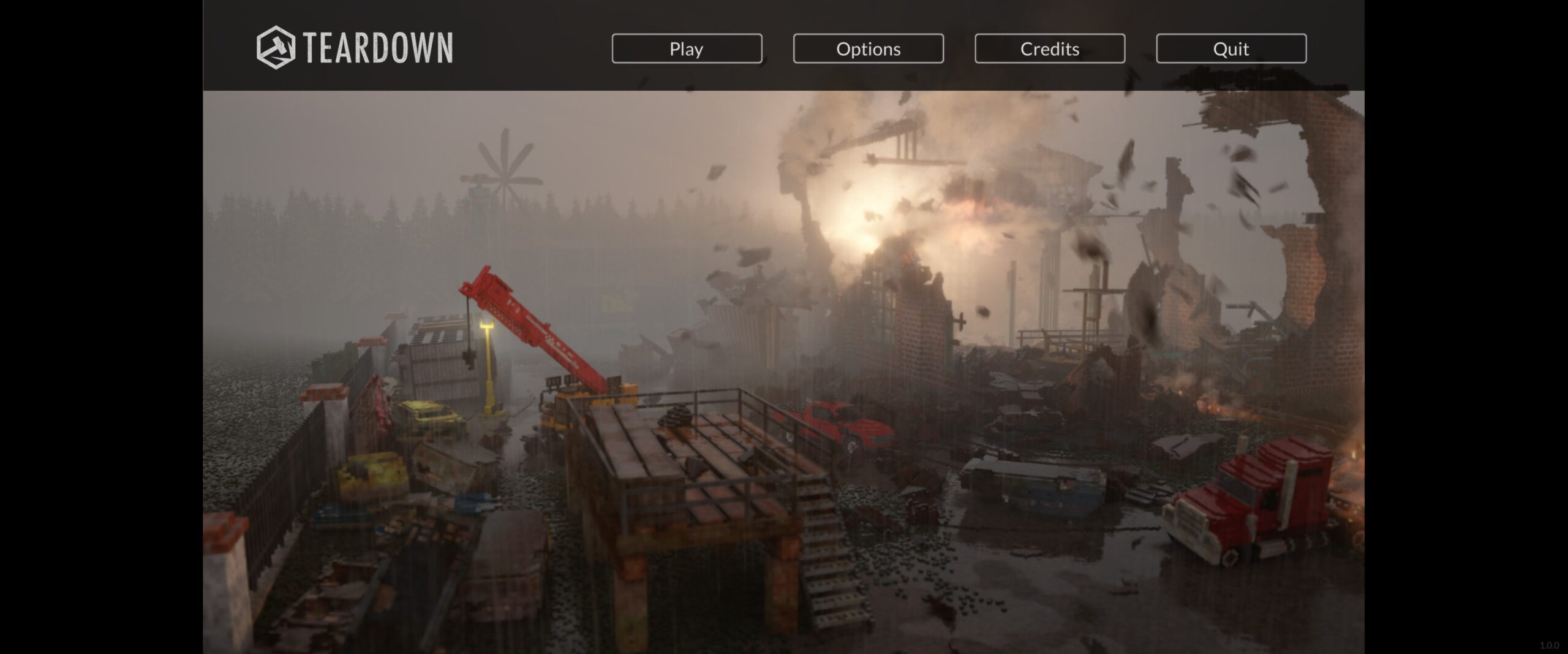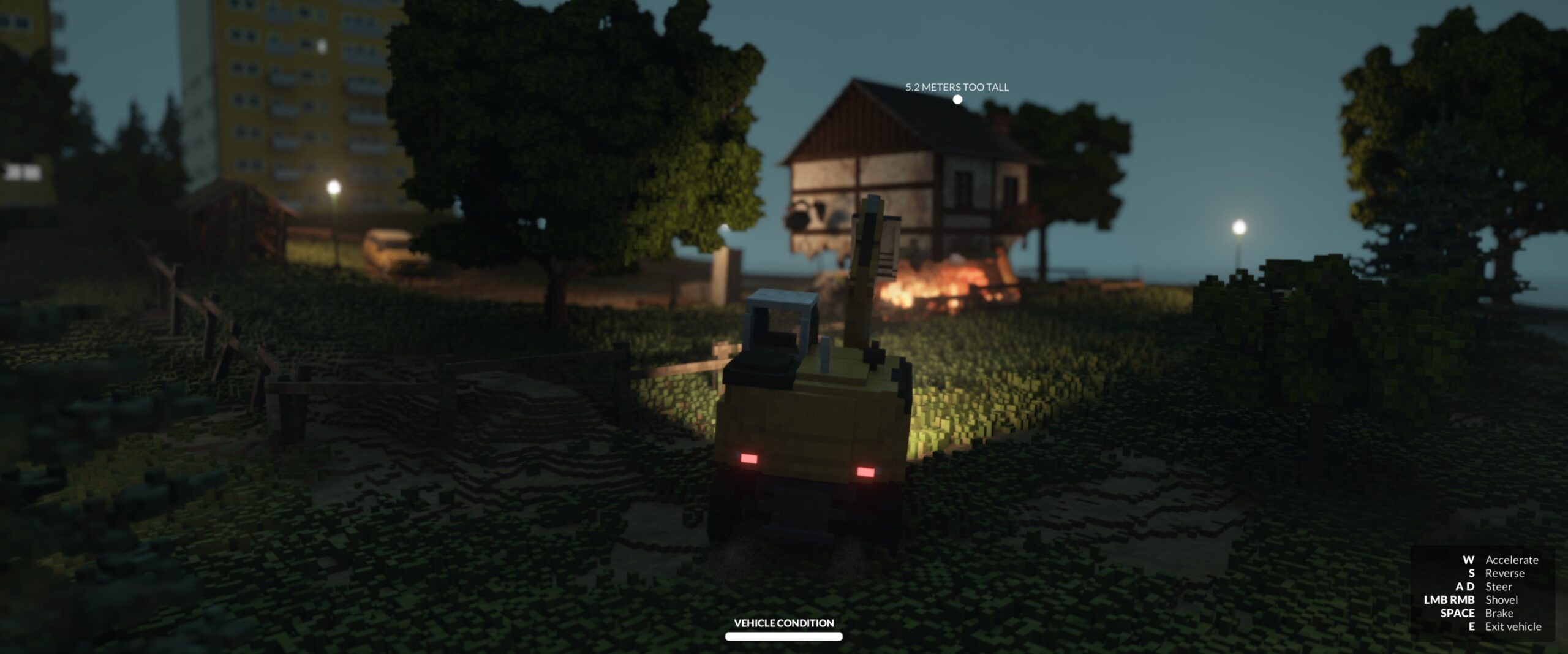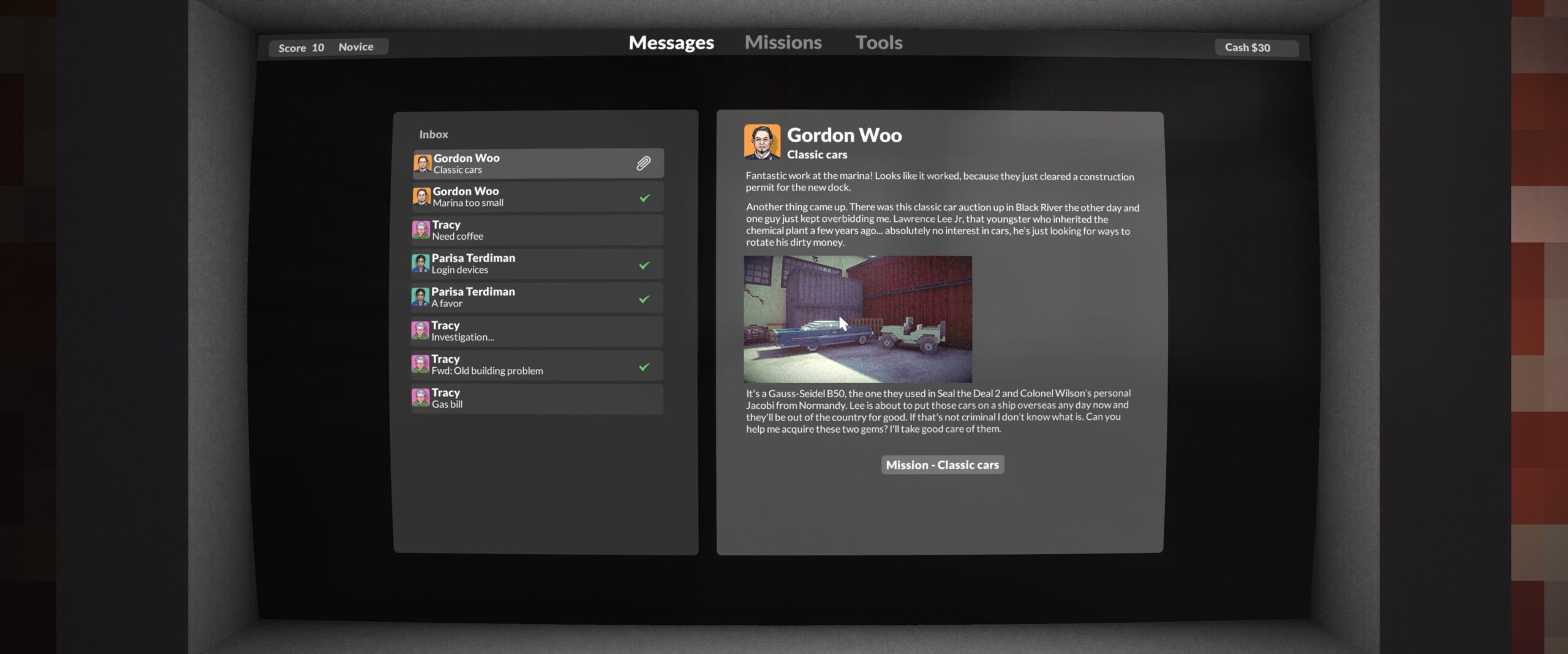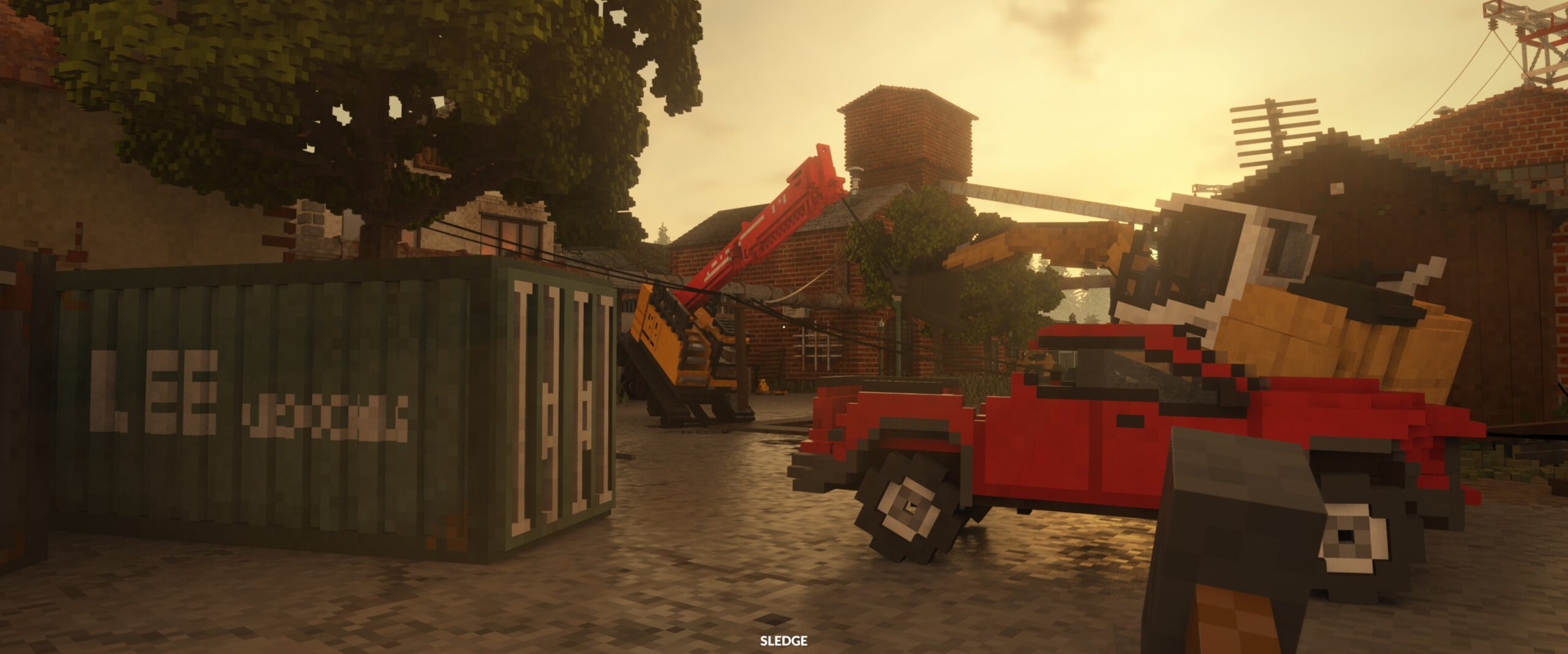I have this feeling that all gamers, at one point or another, have lusted after the dream of a fully destructible world: one where there’s absolutely no limits to the amount of chaos and mayhem you can unleash upon the world. I can remember vividly the promises of Red Faction: Guerilla and just how much fun it was to tear strip off buildings and watch them collapse in a screaming heap (with my PC not too far off them). It’s that long lasting, somewhat unfulfilled desire, which is what drove the success behind Teardown as it fills that destruction need whilst also striving to be more than just another sandbox.

Times have been tough for Löckelle Teardown, there’s just not as many customers as there used to be for your specialised demolition services. It’s that desperation that’s led to you taking a job that, at face value, is a little weird but is otherwise your standard kind of work. However after destroying an old home in the dead of night you find out that you were hired to bulldoze the last remaining obstacle to a new mall and you’ve been caught on camera. As luck would have it your mother has the gift of a silver tongue, persuading them to not press charges but instead to turn you into a confidential informant to investigate another company: Lee Chemicals. This is the only the beginning of your questionably legal pursuits, all of which involve bashing, smashing and breaking your way through the world to get what you need.
Voxel games are always interesting to me as, fundamentally, they don’t share a lot of the same programmatic architecture that other games do. I think this is what has led to most voxel based games to tend towards a certain look, one that favours very low voxel counts with simple textures. It’s quite clear from Teardown though that the tech has come quite a long way in the years since I last forayed into the voxel world. There’s modern lighting, reflections and the voxel density is far and above anything else I’d seen before. The physics simulation is still somewhat simplistic however like in the screenshot below where an entire house can be held aloft by just a small chimney. Still, given how rudimentary many other parts of the game are there’s definitely been a lot of care and attention paid to building out the world.

Given what I’d seen of this game had come to me via highlight clips and memes I had figured that Teardown was primarily just a destruction sandbox with a few light objectives to keep you entertained. It’s really anything but that, with the main campaign having a rather deep, if somewhat ludicrous, story that is the backdrop for the core game loop: heists. Yes that right, whilst destruction is certainly the name of the game what you’ll actually be doing is strategic demolition to ensure that you can nab all the objectives once you trigger the alarm. You’ll get an ever growing set of tools with which to complete your tasks, most of which can be upgraded in varying ways to make your life just that little bit easier. It’s honestly quite a genius way of constructing a game that allows the user to both indulge in wanton destruction whilst also providing some structure that makes that destruction an actual part of the core game.
My usual approach would involve getting into the level, running around for a while to inspect everything (guided by the extremely helpful in-game map), wondering how the hell I could complete all those objectives before resigning myself to simply doing as much as I could. You quickly start to discover though that you in fact have a lot more time up your sleeve than you realise and, probably most hilariously, you find out all the quirks, bugs and glitches you can make use of to get things done a whole lot quicker than you otherwise could.

One great example was a level where you had to load cars into a trailer. I mistakenly thought this meant they needed to be gently rolled in there but upon accidentally ramming one in there with a machine I was using to move another I found they’d just straight up disappear if even a small corner of them hit the target zone. Cue me lining up all the cars I could in a pile which I then rammed straight into the back of the truck, saving me those precious few seconds I needed to walk around to the front and finish the level.
For a game that seems poised to completely and utterly break due to a miscalculated physics interaction the game is surprisingly free of game breaking bugs. I certainly tried to break things as much as I could, like in the below screenshot, but all I could really manage were some continuous wobbles. No launching items into the stratosphere or falling under the world for me it seems. I’m sure some of the community mods introduce some fun bugs into the mix but I never got around to trying them out.

Teardown was unexpectedly good, combining the right amount of freedom of destruction with a core story to keep things plodding along. Whilst I ran out of puff on it after a couple hours I can definitely see the appeal for those who enjoy both mindless activities as well as speedrunner levels of optimisation to beat levels in record time. It’s the kind of game I think that’d benefit greatly from official multiplayer as having a laugh with mates as your computers meltdown is always a joy.
Rating: 8.5/10
Teardown is available on PC right now for $31.90. Total playtime was approximately 2 hours.



